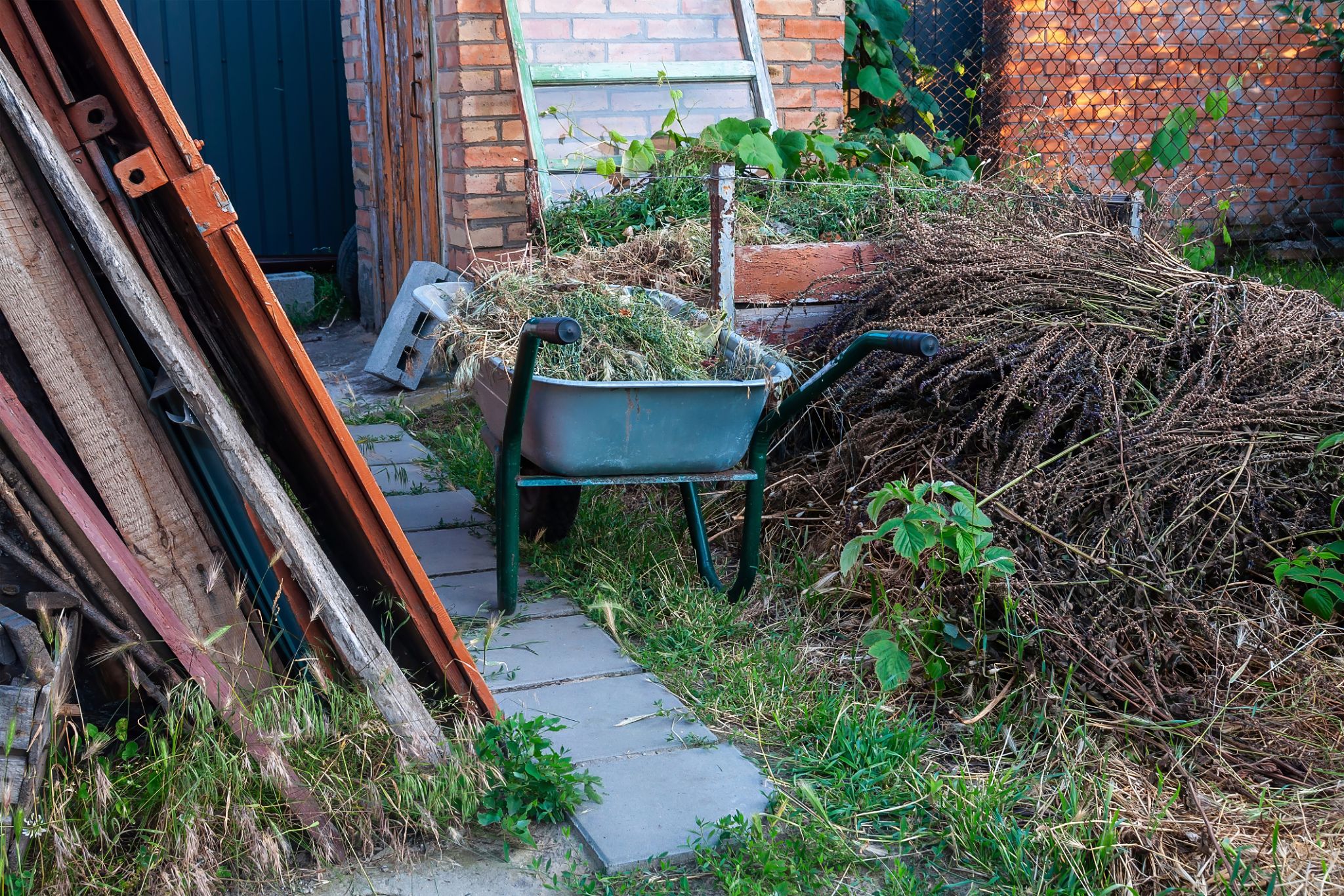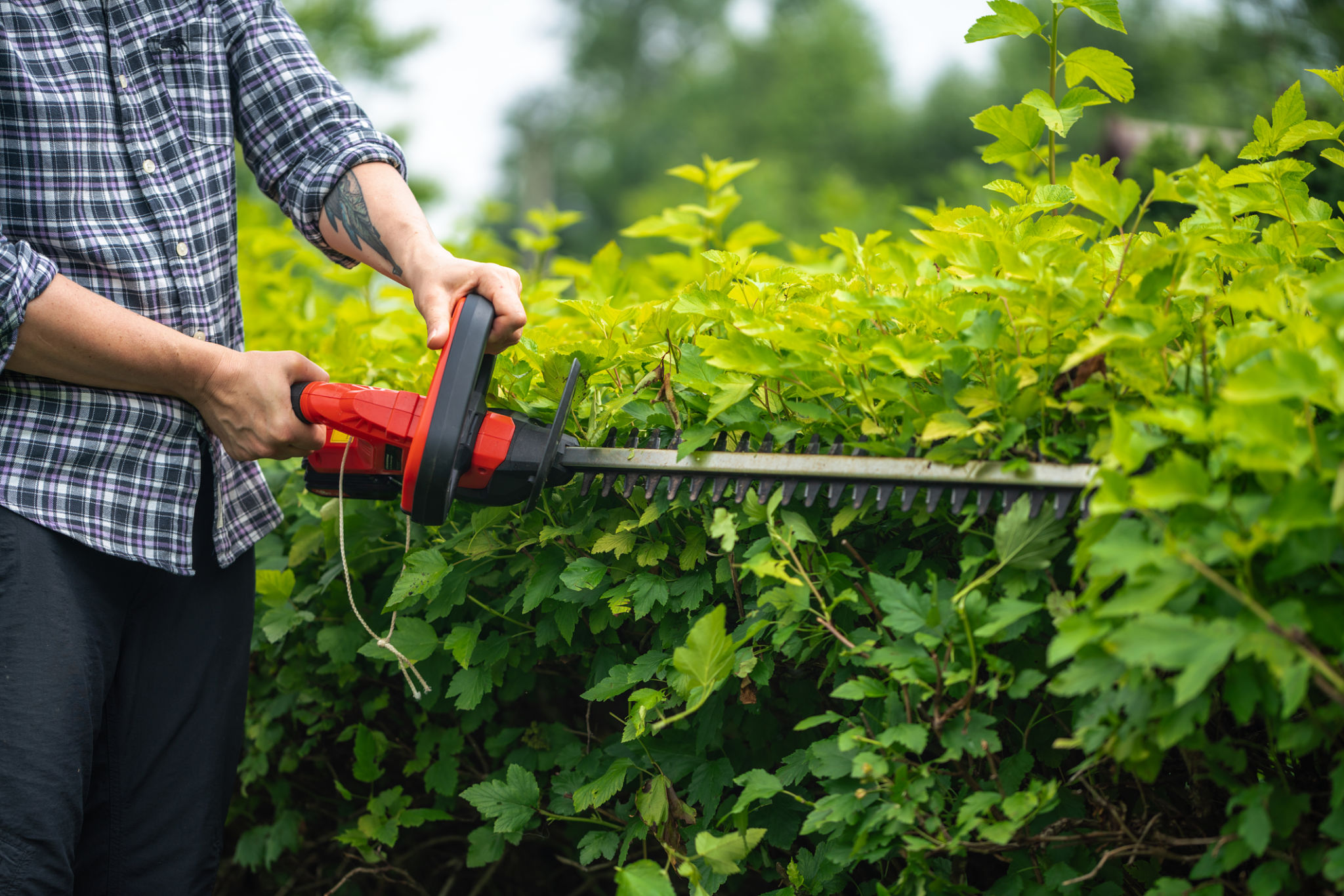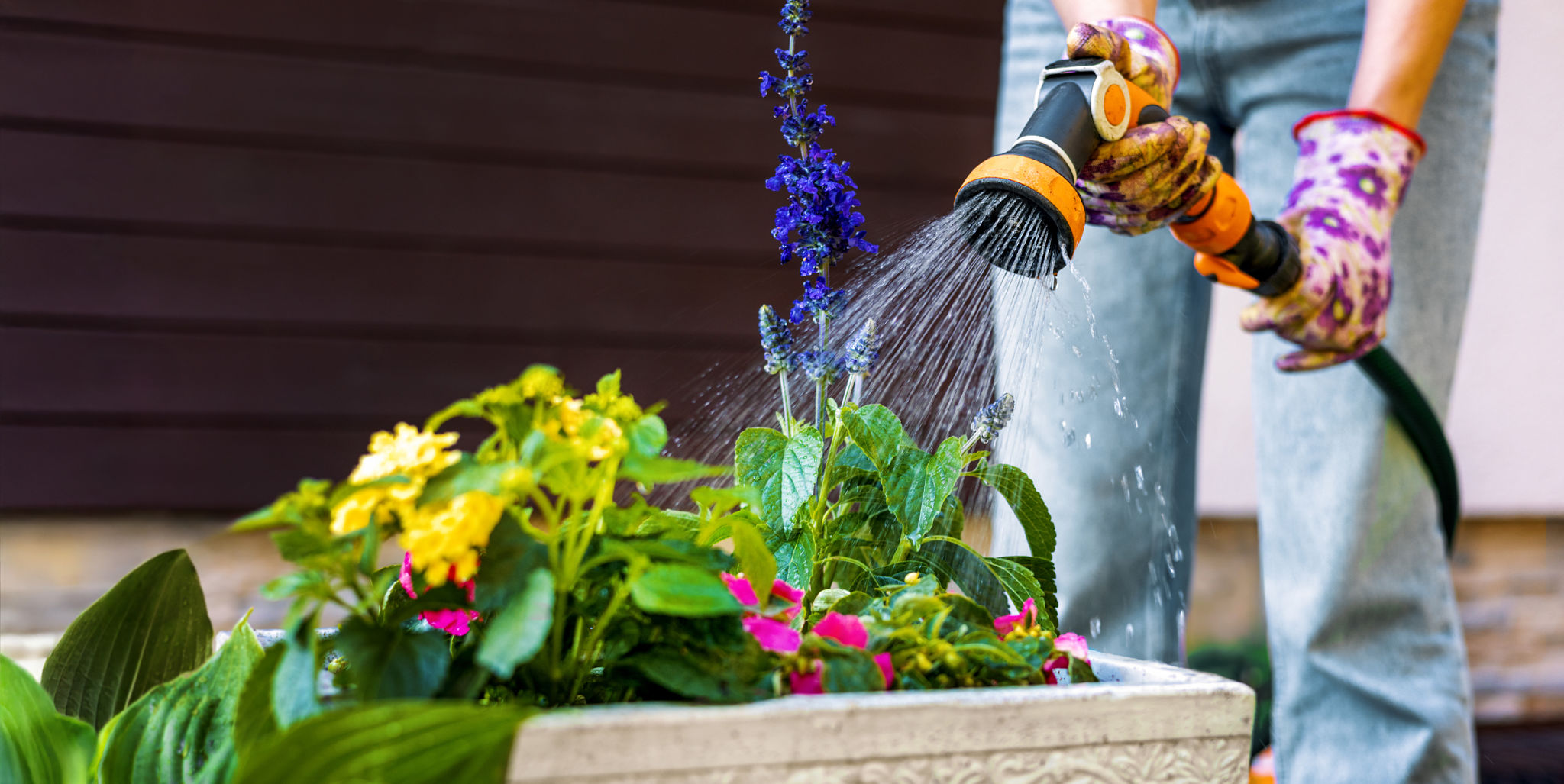How to Prepare Your Garden for Spring: Essential Tips and Tricks
Evaluate Your Garden's Current State
Before jumping into any gardening tasks, take some time to evaluate your garden's current condition. Look for any winter damage, assess the soil, and identify areas that need improvement. This initial assessment will help you prioritize tasks and ensure your garden is set up for success.
Consider making a list of plants that need to be replaced or areas where new plants could thrive. This is also a good time to check your gardening tools and equipment to ensure everything is in working order. Ensuring your tools are clean and sharp will make your gardening tasks more efficient and enjoyable.

Clean Up and Clear Debris
Once you've assessed your garden, it's time to roll up your sleeves and start cleaning. Remove any dead leaves, branches, and debris that have accumulated over the winter months. Clearing this material not only makes your garden look tidy but also prevents pests and diseases from taking hold.
Be sure to trim back any perennials that have died back during the winter. This will encourage new growth and help your plants thrive as the weather warms up. Additionally, clean up any fallen leaves or mulch that may be covering your beds, as these can harbor unwanted pests.

Prepare the Soil
A healthy garden starts with healthy soil. Begin by loosening the soil in your garden beds using a spade or fork. This will improve drainage and aeration, allowing plant roots to grow more effectively. Consider adding organic matter such as compost or well-rotted manure to enrich the soil with nutrients.
Testing the pH of your soil can also be beneficial. Depending on the results, you may need to add lime to raise the pH or sulfur to lower it. Adjusting the pH ensures that your plants can access the nutrients they need for optimal growth.
Plan Your Planting
Spring is an exciting time for planting, but careful planning is essential. Consider which plants you want in your garden and where they will be located. Take into account factors such as sunlight, water needs, and mature plant size when making your decisions.
Create a planting calendar to help you stay organized. This will guide you on when to sow seeds indoors, when to transplant seedlings outside, and when to directly sow seeds into the soil. This proactive approach will help you maximize your garden's productivity.

Start with Seedlings Indoors
For many gardeners, starting seeds indoors is a rewarding way to get a head start on the growing season. Choose seeds that are well-suited for your climate and ensure you have a suitable indoor growing space with adequate light and temperature.
Use seed trays or pots filled with quality seed-starting mix. Water them properly and keep them in a warm location until they sprout. As your seedlings grow, gradually acclimate them to outdoor conditions before planting them in the garden.
Prune Trees and Shrubs
Pruning is an essential part of preparing your garden for spring. Trim trees and shrubs to remove dead or damaged branches, improve their shape, and encourage new growth. Be sure to research the specific pruning needs of each plant species in your garden.
Pruning at the right time can make a significant difference in the health and productivity of your plants. Avoid pruning spring-flowering shrubs until after they bloom, as this could reduce their flowering potential.

Mulch for Moisture Retention
Once your garden beds are clean and prepared, adding a layer of mulch can help retain moisture, suppress weeds, and regulate soil temperature. Organic mulches, such as wood chips or shredded leaves, are excellent choices as they break down over time and enrich the soil.
Apply mulch evenly around plants, being careful not to cover their stems or trunks. A mulch layer of about 2-3 inches is generally sufficient for most gardens.
Water Wisely
As spring arrives, it's important to establish a watering routine that meets the needs of your plants without overwatering. Monitor rainfall levels and adjust your watering schedule accordingly. Early morning is typically the best time to water, as it allows foliage to dry before nightfall.
Consider installing a drip irrigation system for efficient water use. These systems deliver water directly to the plant roots and minimize evaporation.

Stay Vigilant for Pests
With warmer weather comes an increase in pest activity. Stay vigilant by regularly inspecting your plants for signs of insects or disease. Early detection is key to preventing infestations from spreading throughout your garden.
Employ natural pest control methods whenever possible, such as introducing beneficial insects or using organic sprays. These sustainable practices help maintain a healthy ecosystem in your garden.
